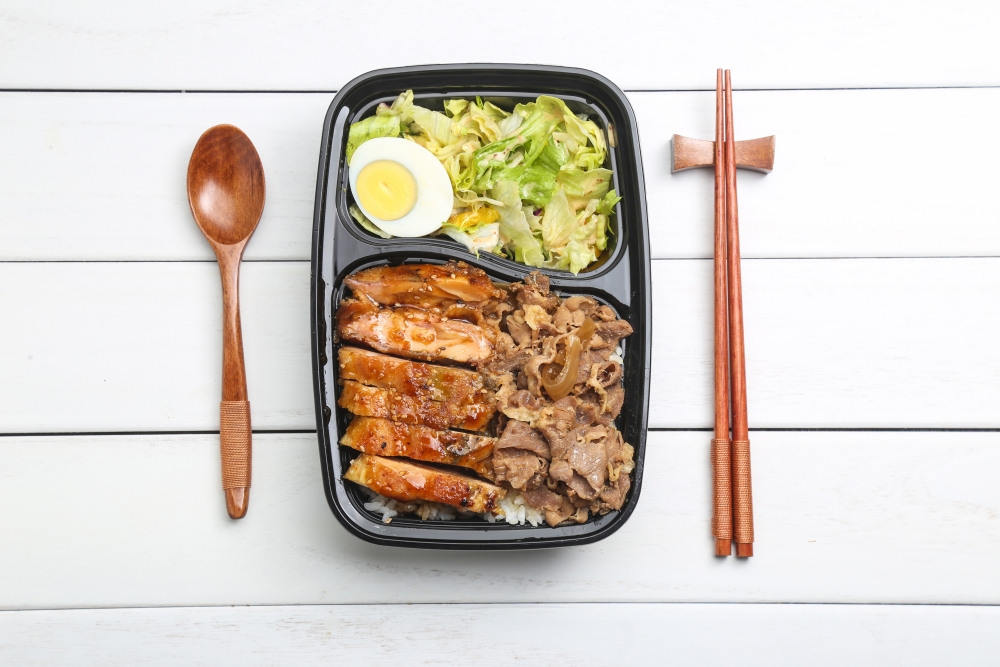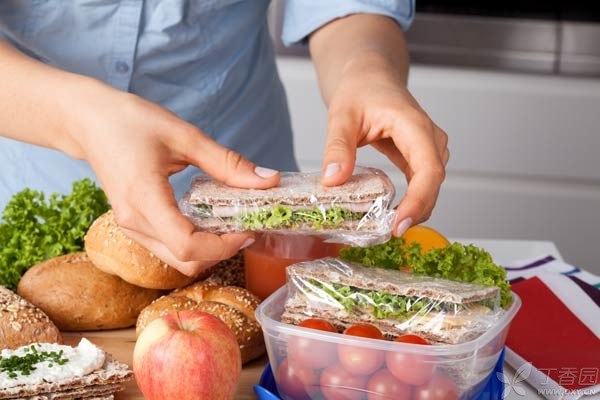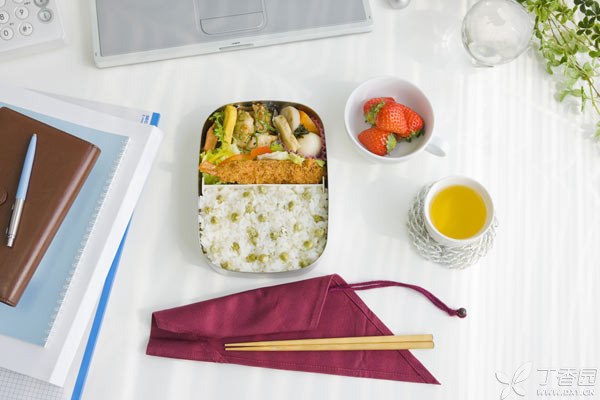
In order to save money and eat smoothly, many friends like to bring [lunch] (a Japanese word introduced through Taiwan), that is, boxed lunch, to the company for lunch.
However, when the weather is hot, food is easy to corrupt. There is no refrigeration condition on the road, and the company may not have a refrigerator to put it in. There are also many friends who worry that the temperature is high, bacteria grow fast, and nitrite produced in vegetables will also increase.
What should I do about this meal?
Fight against microorganisms
Speaking of which, everyone can understand that, in the final analysis, it is to fight against microorganisms.
Microorganisms are everywhere. As long as there are nutrients in food, they will not let go. As long as the temperature is suitable, they will multiply crazily, bringing great hidden dangers to food safety.
The reason why people invented refrigerators is to reduce the storage temperature of food, thus reducing the reproduction speed of microorganisms. To make boxed meals safe, we must come up with ways to restrict microorganisms without refrigerators.
Microbes are afraid of what?
For most microorganisms, the ancients have given us many ideas.
- Microorganisms are afraid of hypertonic conditions, so adding more salt, sugar and soaking in honey can inhibit corruption. Microorganisms are afraid of drying, so it is safe to remove water from food. Microorganisms are afraid of a large amount of alcohol, so soaking in alcohol is OK. Microorganisms are also afraid of an acidic environment, so food is not easy to break when soaked in vinegar.
However, after all, these conditions do not seem to be suitable for boxed meals. Too salty, too sweet, too much alcohol, are not healthy; It’s too dry and not delicious.
At this time, there is another way, that is, the method of sterilization and bacteria isolation, that is, the principle that canned food can be stored for a long time: kill all the bacteria inside and seal them tightly at the same time so that the bacteria outside cannot enter, then the food inside can be temporarily safe.

Three lunch boxes to help you
The above principle can also be applied to things with rice, except that two or three lunch boxes that can be heat-resistant and sealed are needed, with the right size, so that the food can be filled to two-thirds or three-quarters of the fullness is the best.
The procedure is as follows:
-
Scalding: Scalding the cleaned lunch box inside and outside with boiling water to kill bacteria as much as possible;
-
Load: Load the rice that has just come out of the pot.
-
Seal: Then seal the lunch box immediately.
-
Zang: When the temperature drops to a level that is not hot to your hands, put it in the refrigerator immediately.
In this way, when you take it out, you will find that the lid of the plastic lunch box is concave. If it is a closed lunch box or a glass lunch box, the lid will be difficult to open. Because the air in the box is cold and contracted, causing negative pressure, it is difficult for bacteria outside to enter. It is safe to take such a meal to the company for half a day.
If you find the lid bulging, you should be careful, which is probably the result of bacterial activity.
Of course, hot dishes can also be treated in the same way. Use a special box or bottle, scald it with boiling water, put the hot dishes that have just come out of the pot into it, then cover it tightly and put it in the refrigerator immediately. If it is not difficult to put two dishes, heat them at the same time and put them together in the box.
In addition, take a lunch box, which is specially used to store raw food, such as raw tomatoes, cucumbers, lettuce, etc. It is best not to chop them up. Or you can also put some fresh fruits.

Cooking is exquisite.
In addition, there are several precautions in cooking dishes with rice:
Step 1 Make more sour dishes
Because there is more acid, bacteria will generally reproduce slower.
2. When selecting materials, choose dishes suitable for multiple heats.
Such as potatoes, carrots, beans, eggplant, tomatoes, wax gourd, pumpkin, radish, mushroom, kelp, agaric, etc. If you use green pepper, it will be very bad after repeated heating. If you use spinach, it will taste bad if it is too soft, and the color will turn into dark olive green.
3. Blanch green leafy vegetables in boiling water in advance.
If you want to supplement green leafy vegetables and are not afraid of turning brown, you can blanch them in boiling water in advance. In this way, most nitrates and nitrite can be removed. Since nitrates are already rare, they will not become nitrite during storage in the refrigerator. It is safe to take them in lunch boxes and reheat them.
If you don’t like the dark color, you may as well wait until you go home for dinner and add more green leafy vegetables, which is no problem.
4. Make less raw cold dishes to avoid the trouble of nitrite and bacteria.
Raw cold dishes, such as mixed cabbage shreds, mixed radish shreds, etc., have not been heated and sterilized during the processing process, nor have nitrates been removed. The next morning at room temperature for a long time, will increase nitrite content due to the reproduction of bacteria, which is not reassuring.
If you must make raw cold dishes, you can consider adding more vinegar, ginger juice and garlic puree to inhibit bacteria and greatly improve safety.
You can also directly put washed raw vegetables, and then bring some fried sauce, sweet flour sauce, soybean sauce and the like to dip them directly to eat, which is refreshing, delicious and safer.
In this way, taking three boxes to the unit, with rice, hot dishes, raw vegetables or fruits, can basically meet the nutritional needs.
If the unit has a refrigerator to store, that is really great. Only at that time on the road will the risk of bacterial reproduction be much less, and the variety of food and cooking methods need not be so strict.
Although it is inevitable that there will be some nutrient loss if you have to heat it again after taking the meal, after all, food safety is the first, so don’t try to save trouble when heating it.
Warm Tip: Many plastic lunch boxes on the market cannot meet the requirements for quality and produce peculiar smell after heating. Such boxes cannot be used. There is a thick-walled sealed tank, which will not deform, will not change flavor, and can achieve sealing effect. It is ideal to bring rice. Or, it is also very good to seal lunch boxes with stainless steel.
Responsible Editor: Fu Ting
The article was reprinted by Clove Garden authorized by the author.
